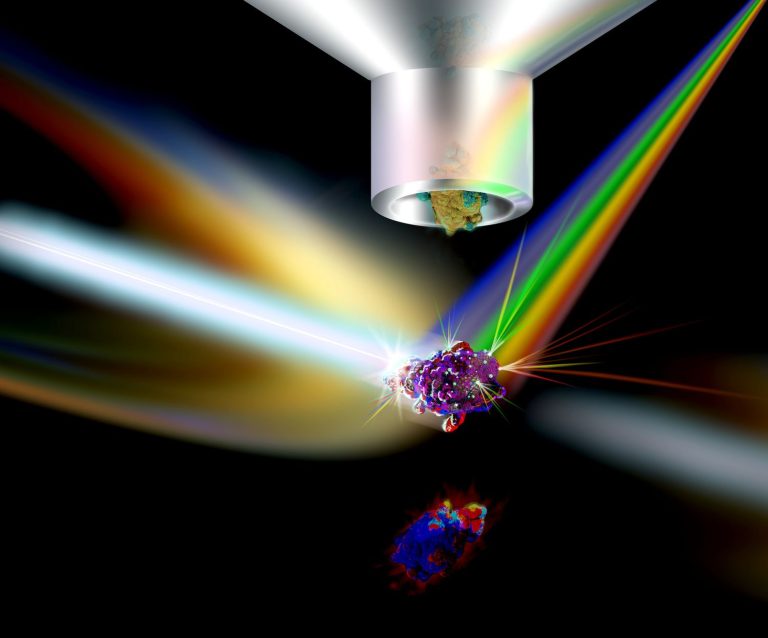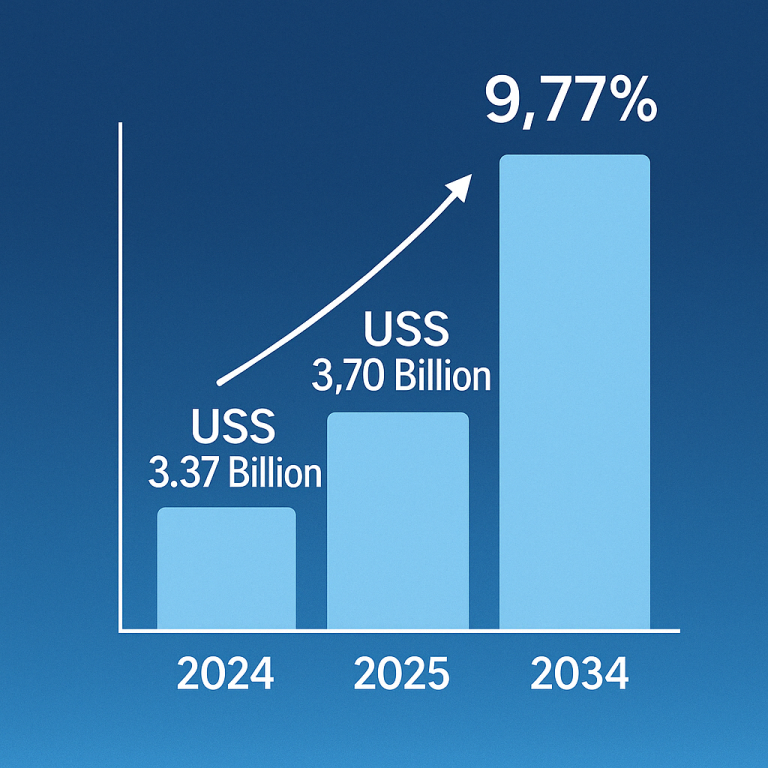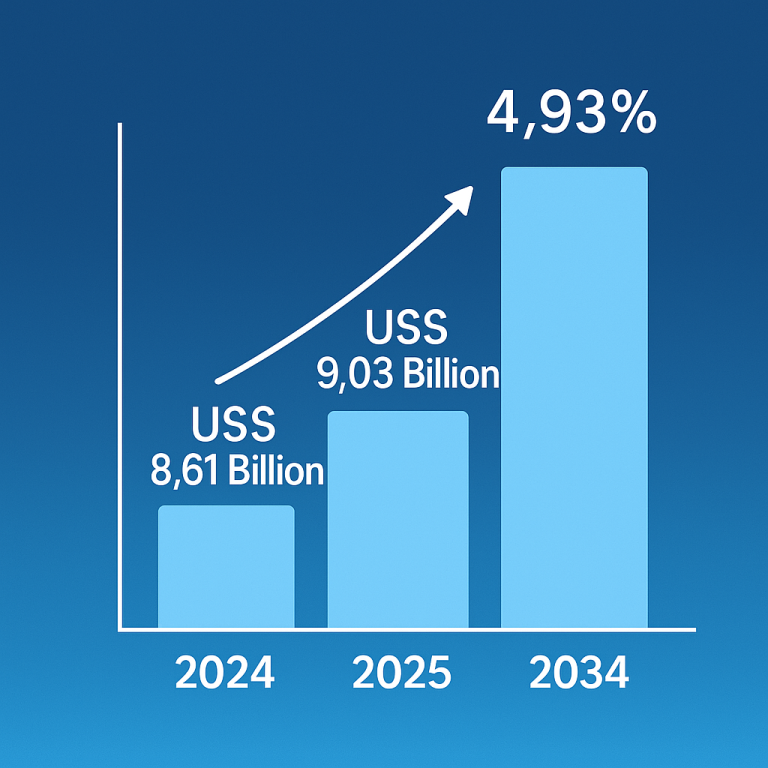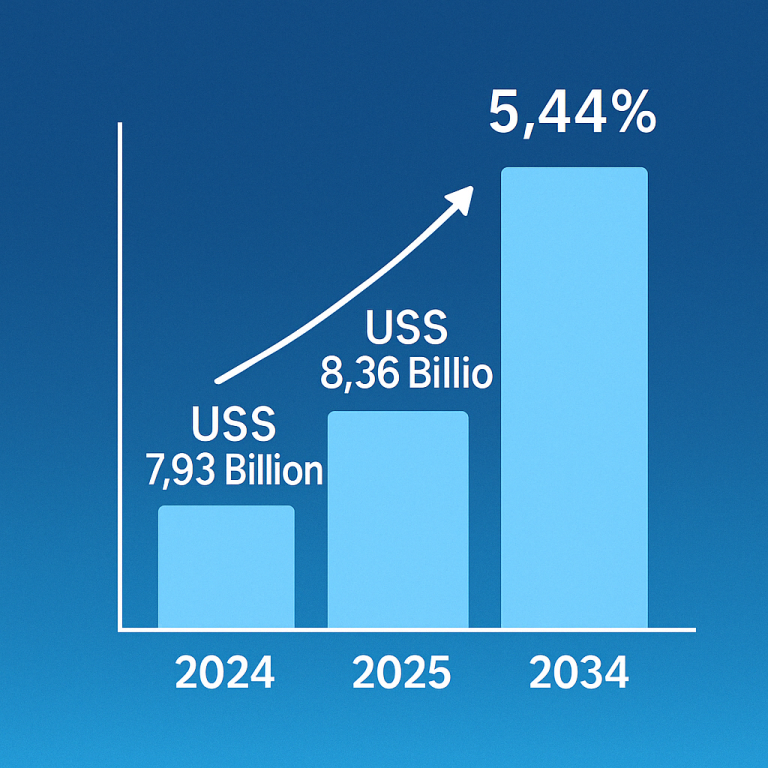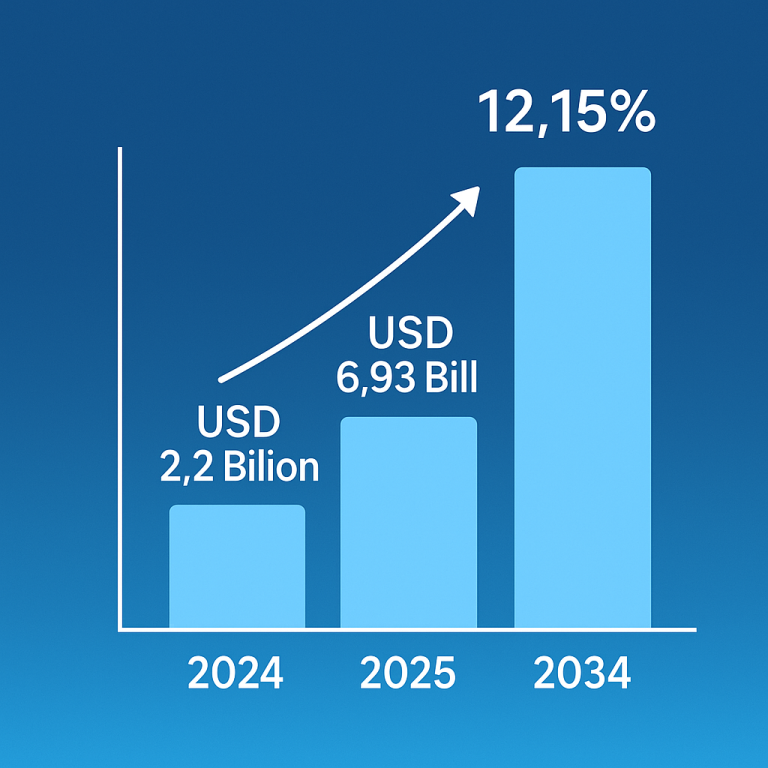
Understanding Parkinson’s Disease Diagnosis and Treatment Trends: Progression, Impact, and Advances in Treatment
Parkinson’s disease (PD) presents a multifaceted challenge, both for those diagnosed and for the medical community. As researchers delve into its complexities, the hope of finding treatments to slow its progression remains a priority.
Currently, no neuroprotective or disease-modifying drugs are available, despite extensive investigation into various treatments like MAO-B inhibitors, dopamine agonists, and antioxidants such as coenzyme Q10 and vitamin E. However, ongoing clinical trials, such as those for NEU-723 by Neuron23, offer promise for the future.
The financial burden of PD is considerable, with yearly medical expenses per patient ranging from $10,043 to $12,491 in the U.S., a portion of which is attributed to prescription medications. Thankfully, healthcare policies and reimbursement systems in developed nations help alleviate some of this strain.
As the global population ages, the prevalence of Parkinson’s disease is on the rise. By 2050, the number of people aged 65 and older is expected to double, contributing to the projected increase in PD diagnoses. Despite its association with aging, a significant proportion of PD cases occur in individuals under 50, with men being 1.5 times more likely to be affected than women.
Early diagnosis is paramount, enabling timely intervention and improved symptom management. Advances in diagnostic tools, including brain imaging techniques, facilitate early detection, leading to better treatment outcomes and quality of life for patients.
In addition to pharmacological interventions, supportive therapies like physical and occupational therapy play crucial roles in managing PD symptoms and enhancing overall well-being. Moreover, increased research efforts hold promise for future breakthroughs in understanding and treating Parkinson’s disease, offering hope for millions affected by this condition.
Download a sample of this report @ https://www.towardshealthcare.com/personalized-scope/5142
Advancements in Parkinson’s Disease Treatment: Improving Lives with Innovative Therapies
Innovations in medical technology, such as deep brain stimulation (DBS) and infusion therapies, are revolutionizing the treatment landscape for individuals battling Parkinson’s disease (PD). Deep brain stimulation entails implanting tiny electric wires in the brain to alleviate PD symptoms, while infusion therapies administer medication directly into the body. These breakthroughs not only enhance patient care but also offer newfound hope for improved quality of life.
Previously, the arsenal of treatment options for PD was limited. However, with the advent of DBS and infusion therapies, doctors and patients now have a broader array of choices. This translates to better symptom management and increased comfort for patients as their symptoms are effectively mitigated.
DBS, for example, can significantly reduce tremors and enhance movement in PD patients, akin to adjusting the volume knob on troublesome symptoms. Similarly, infusion therapies ensure a consistent delivery of medication, guaranteeing that patients receive the appropriate dosage at the right intervals. The efficacy of these treatments has sparked a surge in demand, expanding the market for companies manufacturing these devices and therapies. With increased sales, these companies can channel more resources into research, paving the way for even more advanced treatments in the future.
Moreover, recent studies supported by organizations like the Parkinson’s Foundation underscore the growing prevalence of PD, with approximately 90,000 new diagnoses reported annually in the United States alone—a 50% increase from previous estimates. These advancements in treating PD not only benefit patients but also stimulate growth in the market for PD diagnosis and treatment.
In December 2021, a study involving 500 patients revealed the superior efficacy of monoamine oxidase type B (MAO-B) inhibitors over catechol-O-methyltransferase (COMT) inhibitors in addressing PD symptoms resistant to levodopa treatment. Additionally, the American Parkinson’s Disease Association (APDA) lists four FDA-approved Dopamine Agonists for PD treatment, including Requip (ropinirole), Mirapex (pramipexole), Apokyn (apomorphine), and Neupro (rotigotine), with various formulations catering to diverse patient needs.
As more effective treatments emerge, the demand for PD management options escalates, propelling market growth. This trend not only benefits patients by expanding treatment choices but also incentivizes continuous innovation in PD therapeutics. Furthermore, advancements in diagnostic tools enable earlier detection of PD, facilitating prompt initiation of treatment and potentially slowing disease progression, thus enhancing patient outcomes and overall quality of life.
Despite the challenges associated with early PD diagnosis due to subtle symptoms mirroring other health issues, the evolution of diagnostic techniques empowers healthcare professionals to identify PD sooner. Just as meticulously scanning through a vast book to find pertinent information requires time and precision, diagnosing PD demands thorough evaluation and specific tests to differentiate it from other conditions. Early diagnosis is paramount as it enables timely intervention, leading to more effective symptom management and improved patient well-being.
Recent Advances in Parkinson’s Disease Treatment
- In March 2022, Vyant Bio, Inc., a leading biotech firm focused on revolutionizing drug discovery for complex neurological conditions, teamed up with OrganoTherapeutics, a specialist in personalized organoids replicating Parkinson’s Disease (PD) symptoms, to expedite drug discovery efforts for PD treatment.
- In May 2020, Kynmobi, developed by Sunovion Pharmaceuticals Inc., obtained approval from the U.S. FDA for managing off-episodes in PD patients.
- In January 2022, BlueRock Therapeutics commenced the first administration of DA01 (dopaminergic neurons) to individuals with advanced PD in Canada. Successful completion of the trial and subsequent product approval are anticipated to foster growth in the region in the foreseeable future.
To own our research study instantly, Click here @ https://www.towardshealthcare.com/price/5142
Also read about Parkinson’s Disease (PD) Diagnosis and Treatment Market:
- Parkinson’s Disease Diagnosis and Treatment Size
- Parkinson’s Disease Diagnosis and Treatment Companies
You can place an order or ask any questions, please feel free to contact us at sales@towardshealthcare.com
About Us
Healthcare Web Wire is a premier subsidiary of Towards Healthcare, dedicated to providing comprehensive insights and information related to the healthcare industry. With a commitment to delivering accurate and timely updates, Healthcare Web Wire serves as a vital resource for professionals, enthusiasts, and stakeholders within the healthcare sector. Our platform serves as a central hub for the latest news, trends and developments shaping the healthcare landscape. Join us on Healthcare Web Wire and become part of a vibrant community dedicated to advancing healthcare knowledge and shaping the future of healthcare worldwide.
Explore the comprehensive statistics and insights on healthcare industry data and its associated segmentation: Get a Subscription
For Latest Update Follow Us: https://www.linkedin.com/company/towards-healthcare


